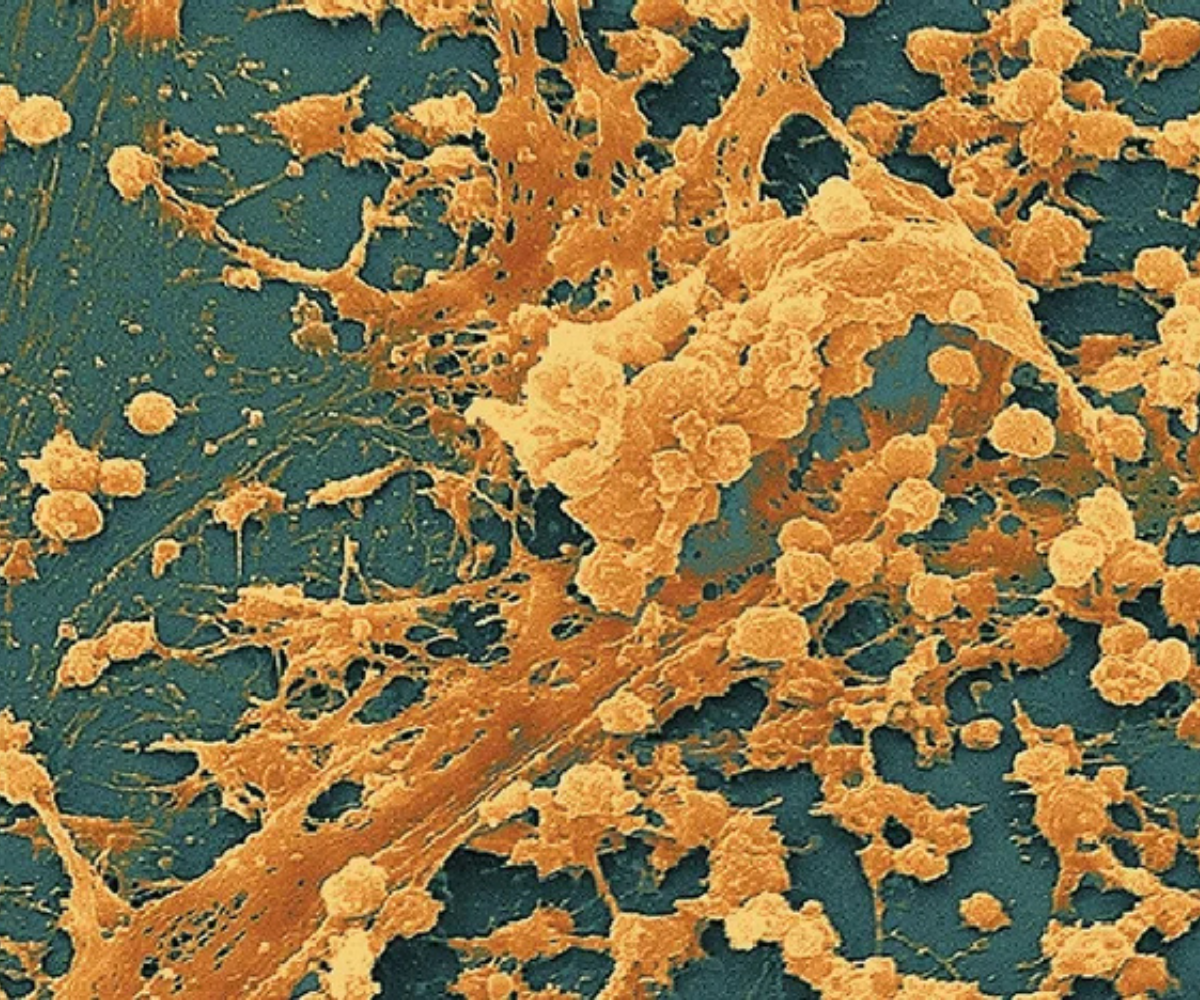Introduction
Biofilms are a major but often overlooked risk in food manufacturing. These resilient bacterial communities form on food-contact surfaces, making them highly resistant to cleaning and disinfection. If left untreated, biofilms can lead to persistent contamination, increasing the risk of foodborne illness outbreaks.
What Are Biofilms?
Biofilms are layers of bacteria encased in a protective matrix that allows them to adhere to surfaces such as:
- Pipes and drains.
- Processing equipment.
- Storage containers.
Because biofilms protect bacteria from traditional cleaning methods, they can harbour dangerous pathogens like Listeria and Salmonella, leading to potential contamination of food products.
How to Identify & Eliminate Biofilms
1. Routine Environmental Testing
Regular microbiological swabbing of surfaces can detect hidden biofilms before they become a major issue. Monitoring high-risk areas such as drains, conveyors, and slicing equipment helps in early detection.
2. Use the Right Cleaning Agents
Standard disinfectants may not penetrate biofilms effectively. Instead, enzymatic or biofilm-specific cleaning agents should be used to break down the protective layer and eliminate bacteria.
3. Implement a Strict Sanitation Schedule
Frequent deep cleaning is essential to prevent biofilm formation. Combining mechanical scrubbing with chemical treatments ensures thorough removal of contaminants.
4. Monitor & Validate Cleaning Effectiveness
Post-cleaning microbiological testing is crucial to confirm that biofilms have been completely eliminated. Verification ensures continued safety and compliance with food safety standards.
Is your facility biofilm-free? AML offers advanced environmental testing to detect and prevent contamination risks. Get in touch today!

